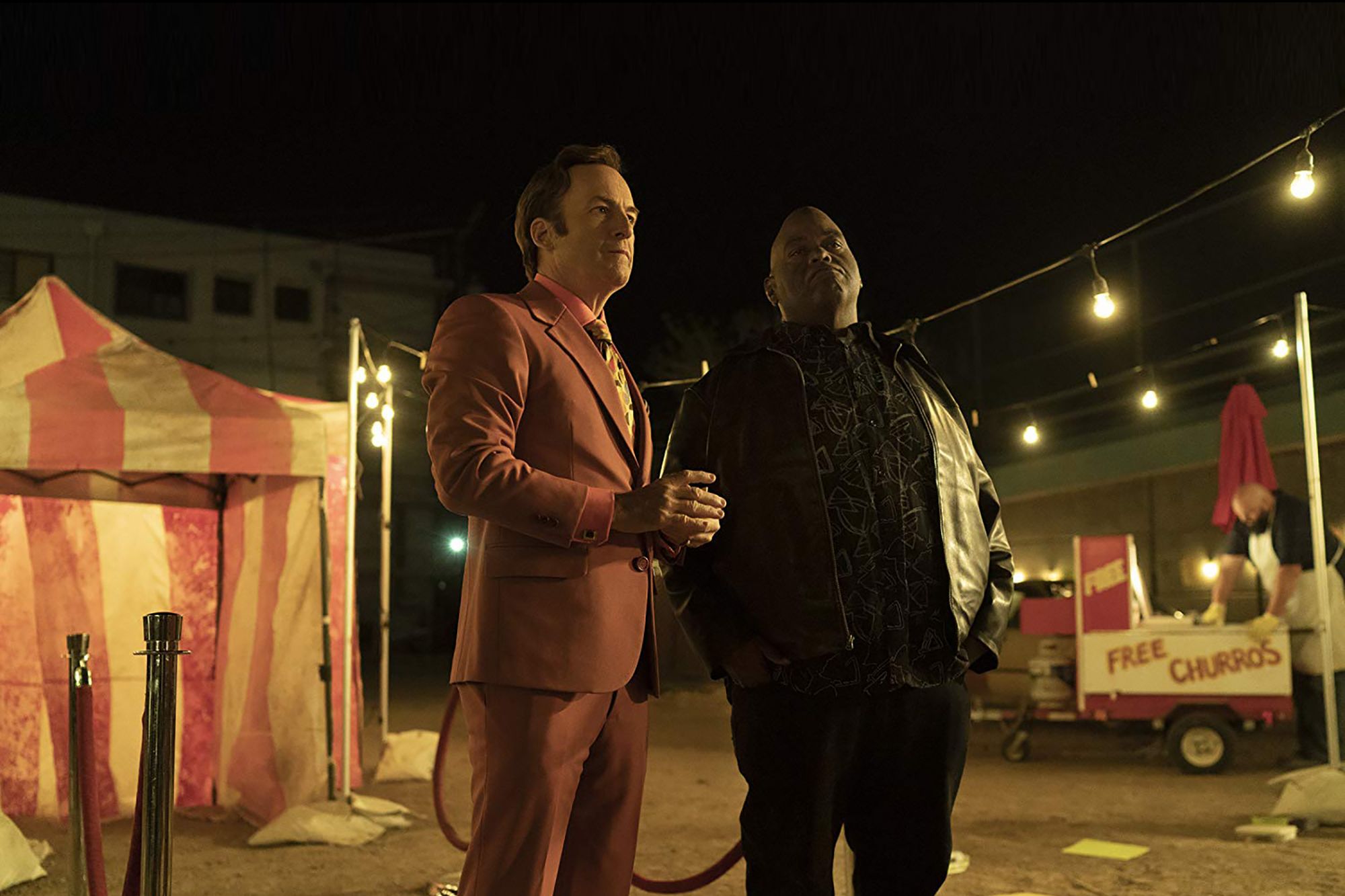Manganese is Replacing Cobalt: How This Mineral Is Saving the Future of the Electric Vehicle Industry Manganese expert Martin Kepman, CEO of Manganese X Energy Corporation, discusses how manganese is replacing cobalt
By Rene Perras
Opinions expressed by Entrepreneur contributors are their own.
You're reading Entrepreneur India, an international franchise of Entrepreneur Media.

Cobalt is toxic, expensive, and deeply entrenched in unethical mining practices — it is a major roadblock in the transition to electric vehicles (EVs). But the lithium ion battery industry can move towards a future-friendly alternative: manganese.
Lithium ion batteries are a central fixture of modern life, powering just about everything portable from the cellphone in your hand to the helicopter that NASA sent to Mars earlier this year. More and more industries have publicly announced a move towards battery-powered technology. Notably, major players in the car industry such as Tesla, Volvo, and Volkswagen will all increasingly depend on lithium ion batteries as they produce more electric vehicles in years to come.
However, current lithium ion batteries are heavily dependent on cobalt, which is toxic, expensive, and usually mined unethically. In fact, the environmental impact of cobalt mining may outweigh the reduced carbon footprint of driving an electric vehicle. Elon Musk has previously vowed to eventually fully eliminate cobalt from the batteries that Tesla uses, according to a Wired article from 2020, with plans for Tesla to produce its own cobalt-free batteries.
The race to find a viable, large-scale alternative to cobalt is crucial to the electric vehicle and other industries. The current front-runner, manganese, is showing serious potential.
Related: Why 2021 Has Irreversibly Defined the Future of Electric Vehicles
How does a lithium ion battery work?
To understand why the lithium ion battery industry is so dependent on cobalt, it's helpful to understand the basics behind how a lithium ion battery works.
The parts that make up a lithium ion battery are an anode, a cathode, an electrolyte, a separator, and two current collectors. The electrolyte is the transport mechanism within the battery, usually a liquid solution of an acid, alkali, or salt. The electrolyte carries lithium ions back and forth between the anode and the cathode. The separator prevents direct contact between the anode and the cathode while allowing lithium ions to flow between the two. This is necessary because contact between the anode and cathode produces a large buildup of heat very quickly, which leads to electrical fires due to the flammable nature of the electrolyte.
While the battery is providing an electrical current to a device, such as a smartphone, lithium ions flow from the anode to the cathode to be collected by the positive current collector. When the device is being charged, lithium ions flow from the cathode to the anode to be collected by the negative current collector.
Why does a lithium ion battery need cobalt?
Cobalt is currently used in the cathode of a lithium ion battery because it allows a high rate of lithium ion delivery to the anode, and it oxidizes easily to create the stable lithium cobalt oxide compound, which prevents excess oxygen molecules from creating a fire hazard.
Like all technologies, the first solution to a problem is only the best until innovation replaces it. Last year, researchers at the University of Texas at Austin found cobalt-free cathode composition that functions equivalently, containing manganese, nickel, and aluminium. Nickel, too, has its issues: only one fifth of the nickel in the world is suitable for making batteries.
Previous lithium phosphate and other nickel-based cathodes have failed to compare in performance and stability compared to cobalt-containing cathode, but this most recent development is able to operate at a slightly higher voltage and with higher thermal stability than cobalt-based cathodes, with only a minimally smaller battery capacity as a trade-off.
Related: How EVs Prove To Be More Affordable Than ICE In The Longer Run-The Math Behind
What makes manganese a better option than cobalt?
Related: Why Investors Should Be Interested in Canadian Manganese Deposits
Martin Kepman, CEO of Manganese X Energy Corporation at Battery Hill in Canada lists three core reasons why manganese is a more viable, more sustainable alternative to the rarer mineral, cobalt.
- Manganese is vastly more affordable. With a trading value of $1700 US per ton, versus cobalt's $40,000+ US per ton, manganese is a significantly more affordable alternative, increasing profit margins along the production chain and reducing end user cost. For manufacturers of lithium ion batteries, this lower price point allows more funds to be allocated to refining the technology for a safer, better-functioning product.
- Manganese can be mined ethically. Despite its high price tag for purchasers, cobalt is mined in unstable, underregulated regions, and miners are often subjected to dangerous working conditions and exploitative pay rates. Corruption and child labor are also rife in the cobalt mining industry. Its extensive global supply chain also means that by the time cobalt arrives in the United States for battery manufacturing, it is next to impossible to know where it came from and therefore whether or not it was mined ethically. Manganese, on the other hand, has been found in deposits all over the world, including in Canada. Recent technological developments in manganese mining practices have made it possible to mine the ore in a safe, inexpensive, and environmentally-friendly way.
- Manganese-based batteries are safer than cobalt-based batteries. In addition to exploitation, child-labor, and corruption, cobalt mining causes vast environmental damage. The dust from blasting techniques has been known to cause breathing problems, the cobalt itself frequently enters local waterways, directly harming locals, and cobalt mines frequently have unnerving levels of radioactivity. Several companies mining for manganese, on the other hand, have engineered safe mining techniques that protect the environment, workers themselves, and nearby populations in recent years.
As an essential ingredient in making steel with growing potential to save the lithium ion battery industry, manganese is showing itself to be a viable investment option.












